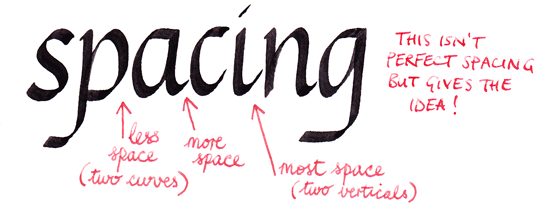If you really want to do lettering, and do it well, then get a good quality chip carving knife, learn to sharpen it and keep it sharp, and then layout and practice lettering for 15 minutes a day for 90 days. You will find that you will be able to letter anything, in any size, on any surface, quickly and easily.
I have 214 different chisels that I use for the many different kinds of carving I do.
When it comes to lettering, chip carving techniques work the best for me.
I can do letters from 1/2" tall up to 4" tall with little effort.
The angles are consistent, reflective and the carving is clean.
It is only a matter of learning the technique and most people can become quite adept at it if they practice a bit.
If you want to practice, use basswood.
It is inexpensive, readily available, and will give you sufficient challenges in grain, texture and dealing with imperfections to help you become proficient at lettering. After basswood, I would suggest you move to butternut (white walnut) as it is a bit harder and has even more challenges. After that, try to find some mahogany sapwood, lighter in color and not as hard as the heartwood. That is excellent practice material.
As for the patterns, applying paper to wood and cutting through it works, but it is really hard on tools.
Cutting paper ruins a sharpened edge.
Also, the paper covers grain, texture and imperfections in the wood that you have to deal with while you are carving.
It increases the chances for mis-cuts and mistakes.
I put patterns on wood with a little tracing paper (not carbon paper, too oily) and then go over the pattern with a good graphite pencil.
If you practice a little each day, you will not rely on the patterns as much as your own instincts when you go do the carving.
The pattern on the wood becomes a guide instead of a prison.
IMHO.
t
Tim Balda, Woodcarver
Amherst, Ohio
It takes a lifetime to make a human being . . . . . .




 Reply With Quote
Reply With Quote


